
Introduction
Aquariums have long been popular attractions, captivating visitors with their diverse aquatic life and vibrant displays.
Beyond entertainment, many modern aquariums also tout their commitment to conservation and education.
However, the use of aquariums in conservation efforts is a topic that sparks debates and discussions among environmentalists, scientists, and the general public.
This article explores the pros and cons of aquariums in conservation, shedding light on the complex role these institutions play in preserving marine and freshwater ecosystems.

Cape Town Aquarium
Pros of Aquariums in Conservation
-
Education and Awareness: Aquariums serve as powerful educational tools, engaging and enlightening visitors about the wonders of the aquatic world. By showcasing various species and ecosystems, they raise awareness about the importance of preserving our oceans and rivers. For many, an aquarium visit is the first step in understanding the delicate balance of aquatic ecosystems and the threats they face.
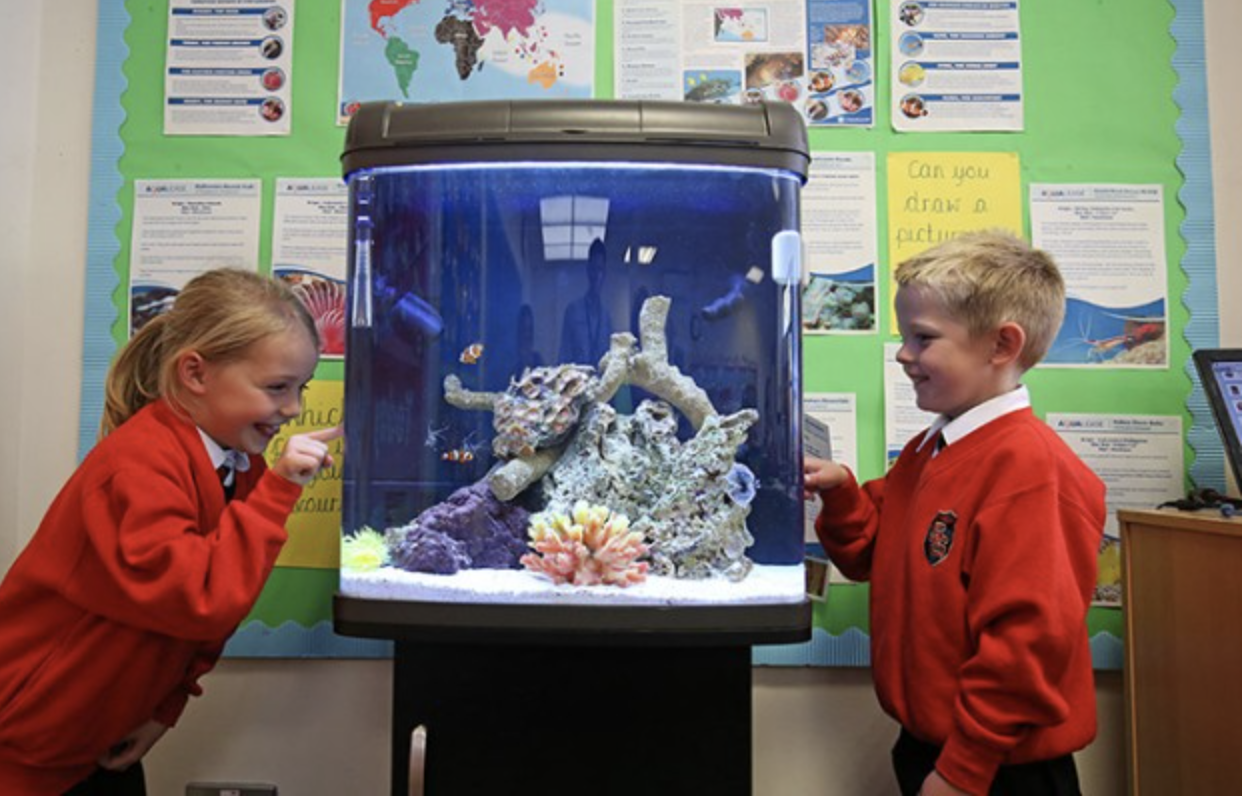
Aquariums serve an educational purpose for children.
-
Research and Scientific Discovery: Modern aquariums are involved in cutting-edge research and conservation projects. They provide controlled environments for the study of marine life, including endangered species. Through research initiatives, aquariums contribute to our understanding of marine biology, ecology, and the challenges of maintaining diverse aquatic populations.
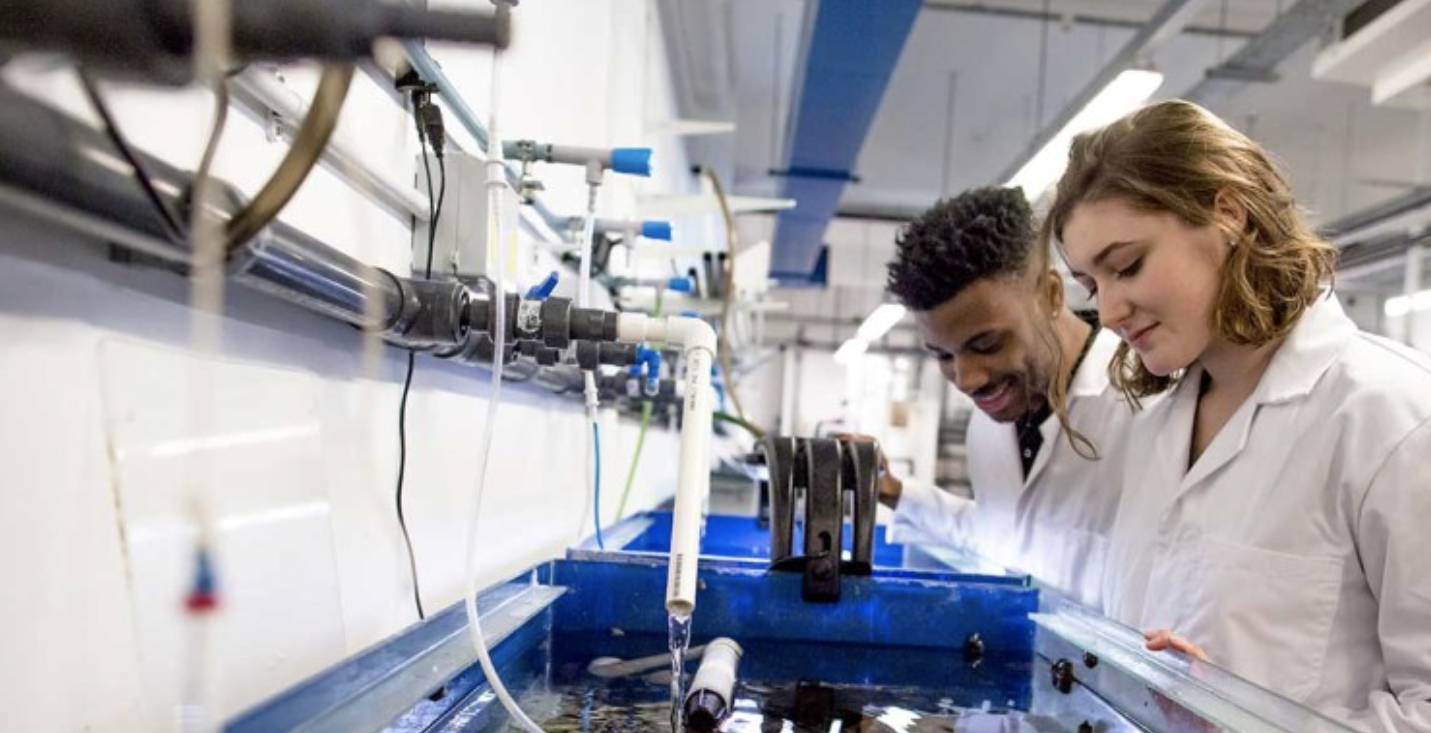
Aquariums play a role in advancing research
-
Conservation Breeding Programs: One of the most significant roles of aquariums in conservation is their participation in breeding programs for endangered or threatened species. By breeding and raising these animals in captivity, aquariums contribute to genetic diversity and provide a safety net against extinction. Successful programs have helped reintroduce species to their natural habitats.
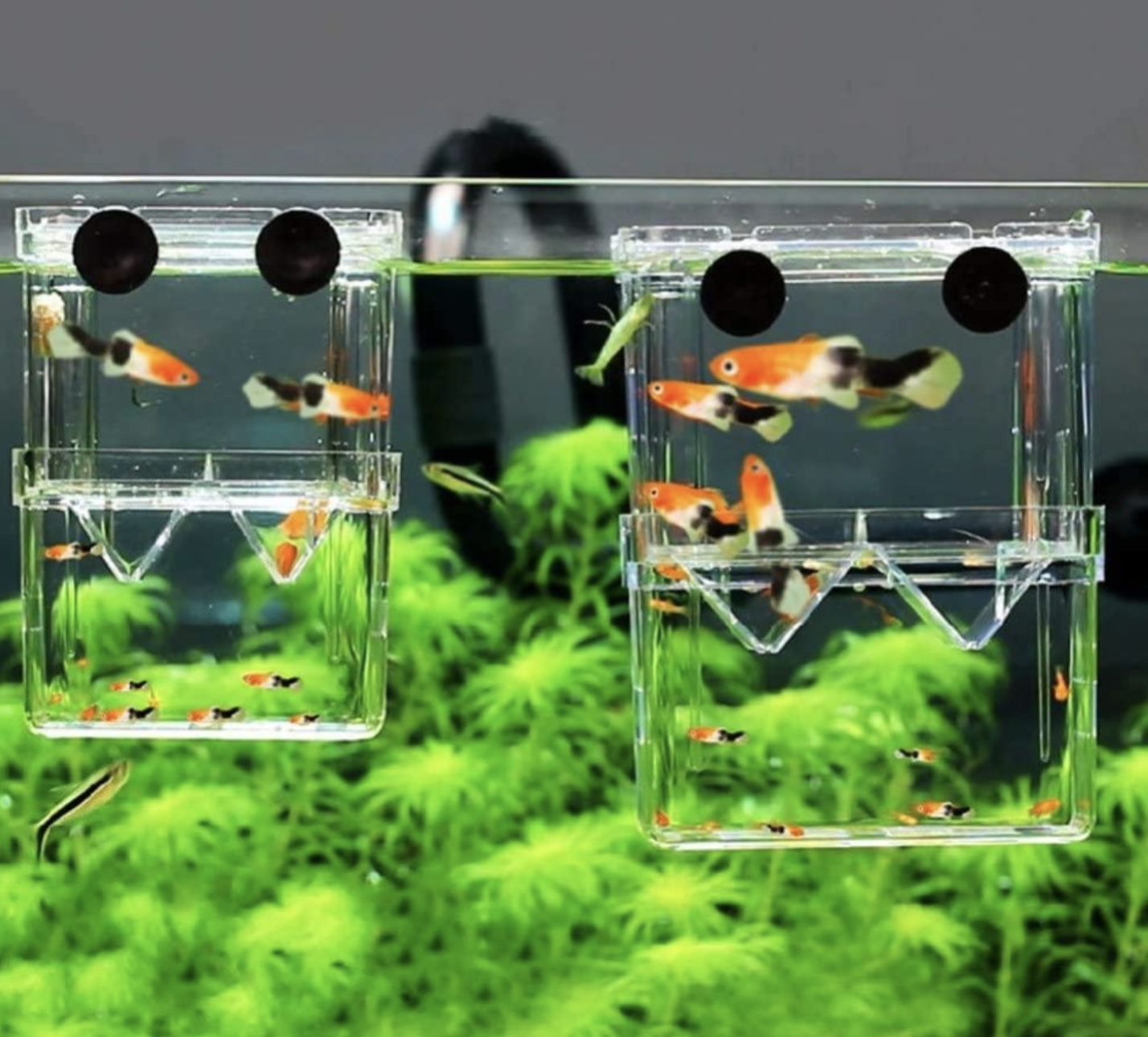
Breeding tanks: these are specially designed enclosures or containers used in aquariums and aquaculture facilities to facilitate the controlled breeding and reproduction of aquatic species, such as fish, invertebrates, and amphibians.
-
Rehabilitation and Release Aquariums: Often partner with wildlife rescue organizations to rehabilitate injured or stranded animals. Once rehabilitated, these animals are released back into their natural environments. This rehabilitation work is particularly important for marine mammals, sea turtles, and other species affected by human activities.
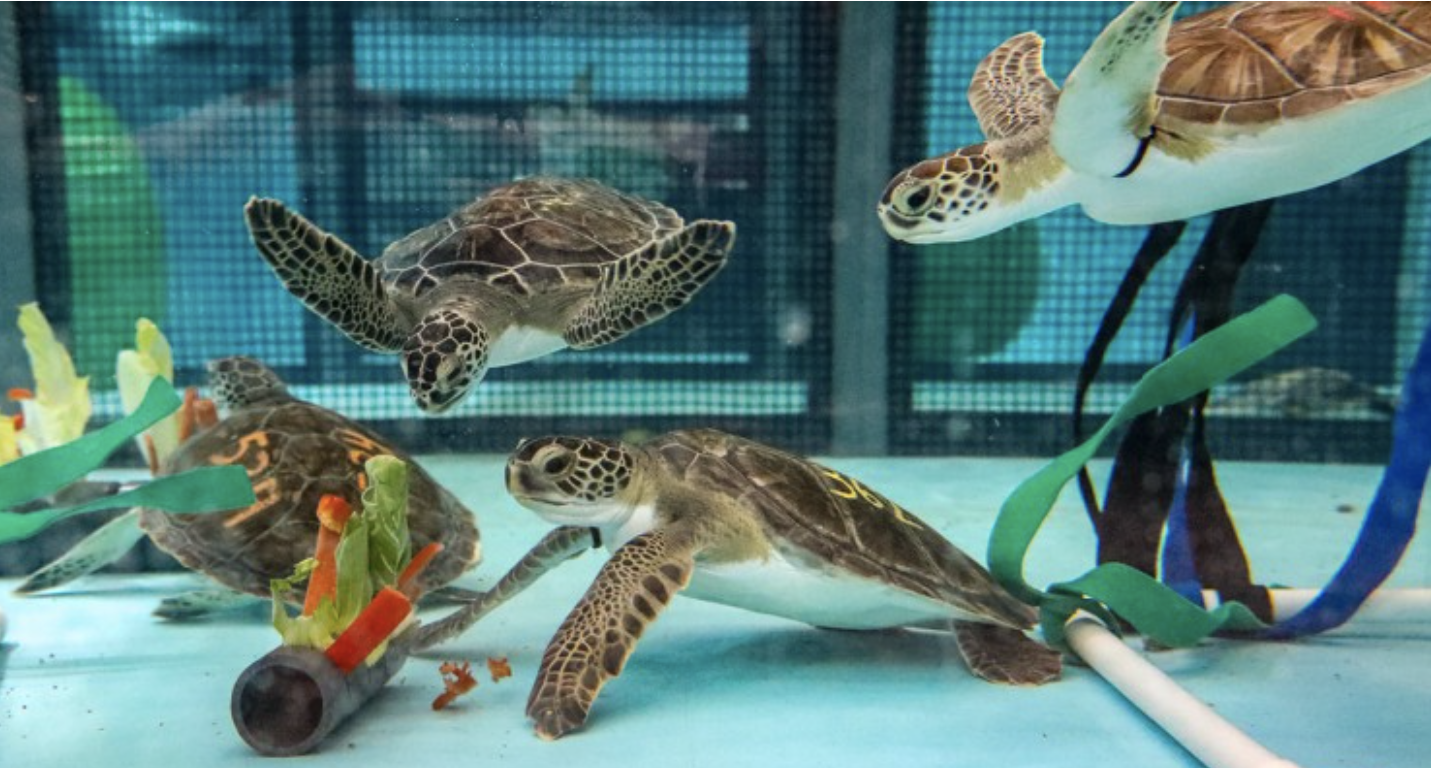
New England Aquarium: sea turtle in rehabilitation.
-
Funding for Conservation: Many aquariums allocate a portion of their revenue to support local and international conservation efforts. This financial support aids in protecting natural habitats, combating pollution, and implementing sustainable practices.
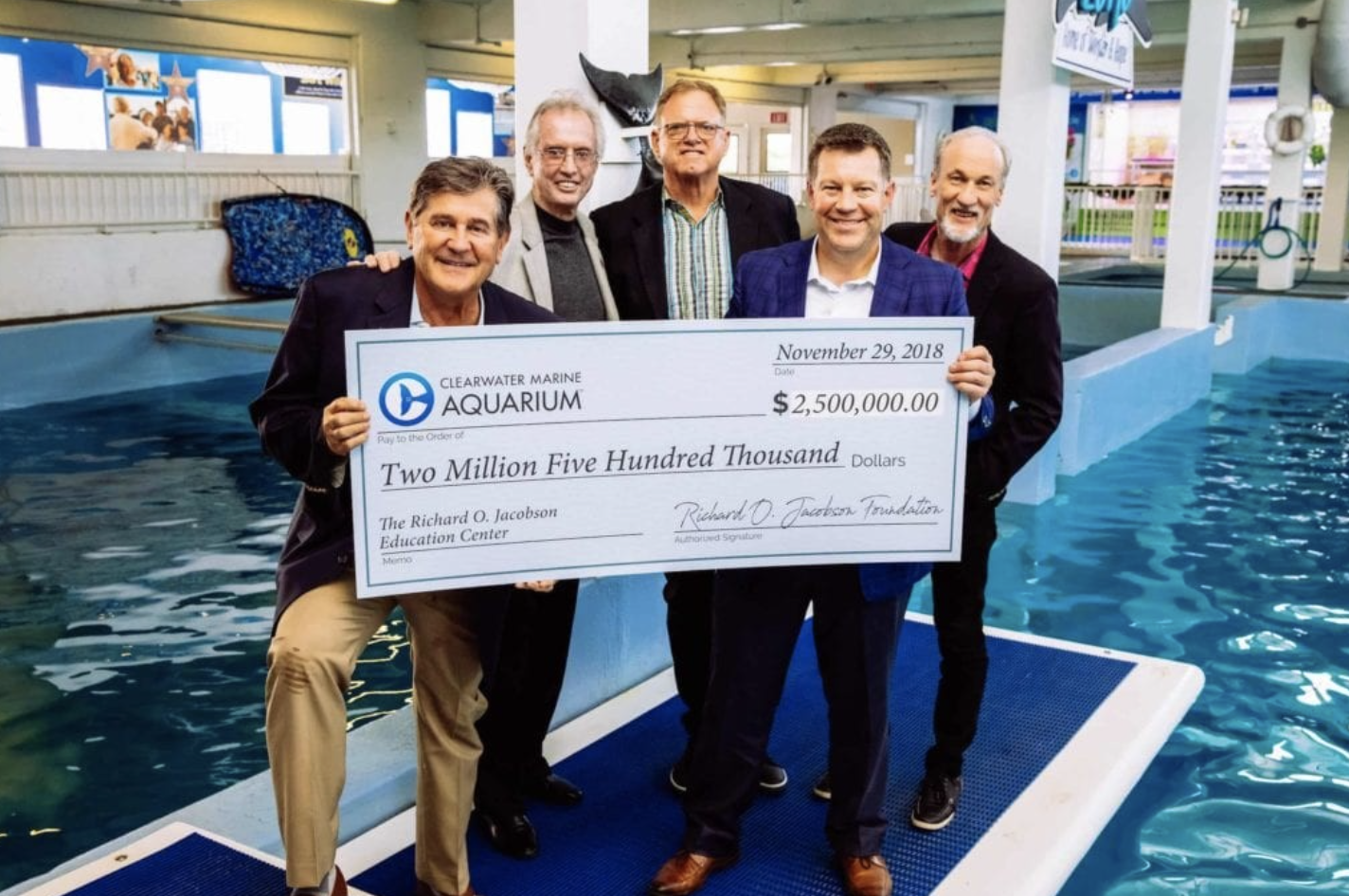
Clearwater Marine Aquarium receiving $2,500,00 in donations.
Cons of Aquariums in Conservation
-
Ethical Concerns: Aquariums sometimes face ethical questions, especially when capturing animals from the wild. The removal of wild populations can have negative effects on ecosystems, disrupt natural behavior, and threaten species’ survival. The ethical dilemma of keeping large marine mammals, such as orcas and dolphins, in captivity has led to public outcry and protests.

Public protest for Orcas in captivity in the United States.
-
Limited Space and Habitat: Even the largest aquariums cannot replicate the vast natural habitats of marine and freshwater species.
-
Some animals may experience stress, exhibit unnatural behaviors, or fail to thrive in captivity. For instance, the inability to provide proper space for large, migratory species can lead to physical and psychological health issues.
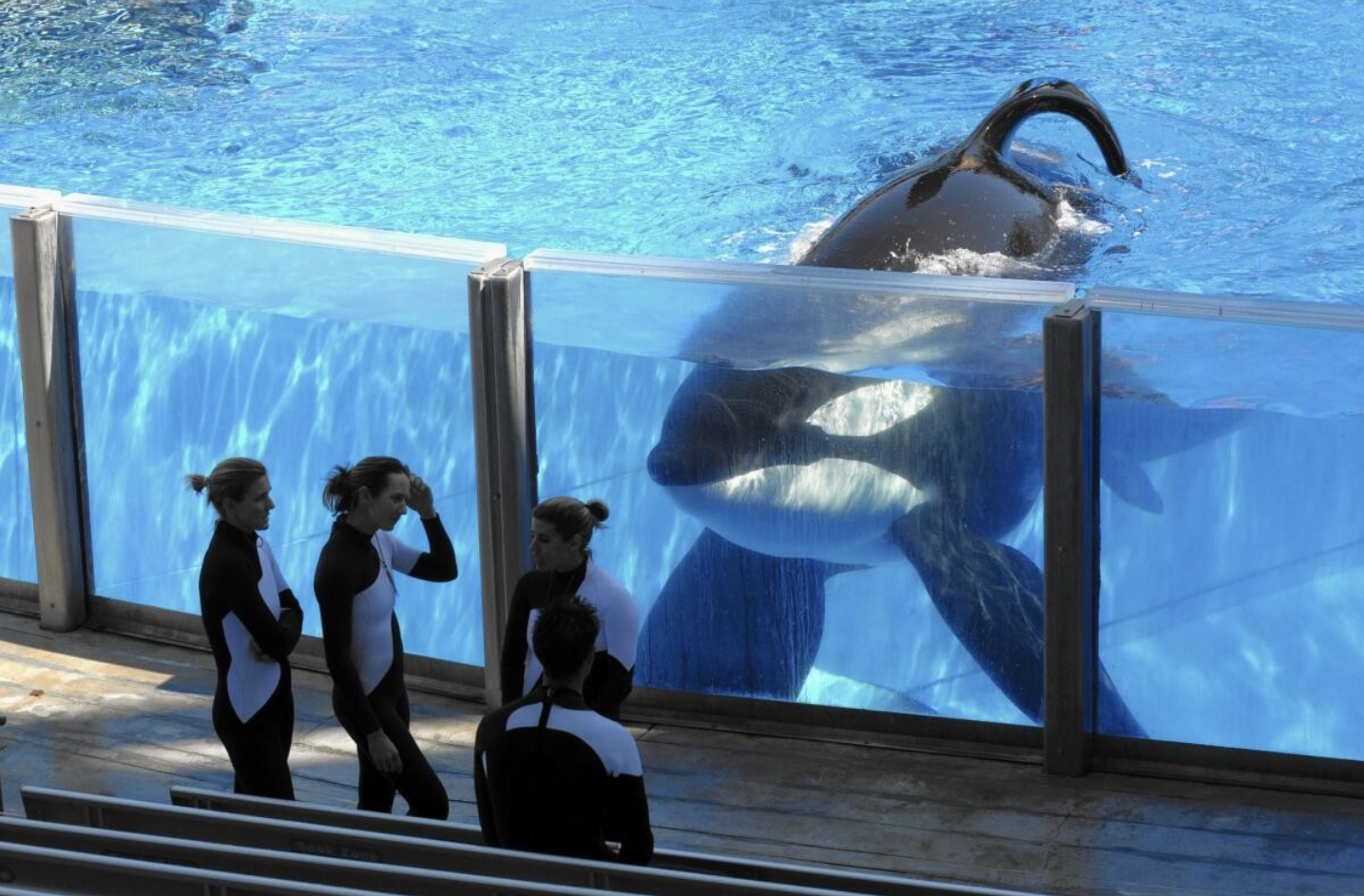
Orca, also known as Killer Whales, in captivity.
-
Public Misconceptions: While aquariums aim to educate the public, misconceptions can arise. Visitors might assume that conservation efforts alone can save threatened species, underestimating the broader systemic issues contributing to environmental degradation. The perception that animals are content in captivity can undermine the urgency of habitat preservation.
-
Economic Incentives: Aquariums often rely on revenue generated from visitors, and this economic motivation can sometimes overshadow their conservation efforts. Some institutions may prioritize attracting crowds and lucrative exhibits over genuine conservation work.

Bristol Aquarium Gift Shop
-
Species Preservation vs. Ecosystem Conservation Critics argue that focusing on the preservation of individual species within an aquarium may divert attention and resources away from broader ecosystem conservation efforts. The holistic protection of habitats and ecosystems is crucial to long-term environmental sustainability.
Conclusion
Aquariums play a multifaceted role in conservation, providing education, research, and a platform for breeding programs and rehabilitation. Their impact on public awareness cannot be underestimated, as they inspire countless individuals to care about the aquatic world and take action.
However, ethical concerns, misconceptions, and the challenge of replicating natural habitats all pose valid criticisms. To harness the full potential of aquariums in conservation, a balance must be struck between their entertainment value and their vital role in protecting aquatic ecosystems.
With careful management and a strong commitment to conservation, aquariums can continue to contribute significantly to the preservation of our planet’s aquatic treasures.
![]() What is your opinion on aquariums?
What is your opinion on aquariums?
References:
Rabb, G.B. and Saunders, C.D., 2005. The future of zoos and aquariums: conservation and caring. International Zoo Yearbook, 39(1), pp.1-26.
Wolfenden, D., 2016. Breaking Down the Marine Aquarium. UltraMarine Magazine, (59), p.66.
Mellish, S., Ryan, J.C., Pearson, E.L. and Tuckey, M.R., 2019. Research methods and reporting practices in zoo and aquarium conservation‐education evaluation. Conservation Biology, 33(1), pp.40-52.




